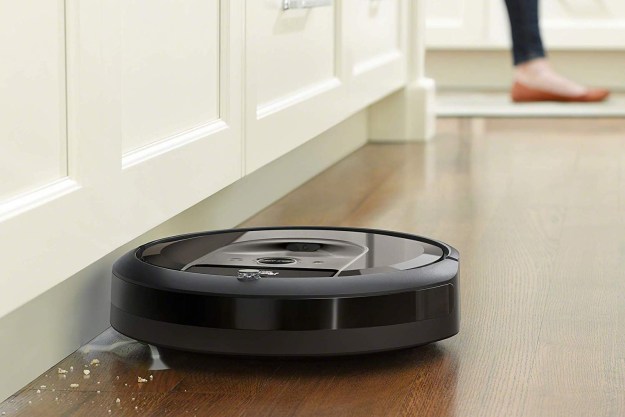We first reported on Japan’s slightly bizarre “Monster Wolf” robot wolf a couple of years ago. The odd-looking contraption — complete with glowing red eyes and protruding fangs — was first installed on the outskirts of a town on the northern island of Hokkaido to frighten away bears that were entering the community in search of food.
But with bear attacks in parts of the country on the rise, the town, Takikawa, about 570 miles northeast of Tokyo, is now deploying the robot more widely, near places such as golf courses, highways, and pig farms, the BBC reported on Thursday.
As you can see from the video above, the solar-powered Monster Wolf emits a menacing roar if it detects a nearby bear. It also has a set of flashing LED lights on its tail and can move its head to appear more real.
However, its designer hasn’t yet gotten around to incorporating robotic smarts into the wolf’s legs (it doesn’t actually have any and is simply mounted on poles), so it’s unable to chase any approaching bears back into the mountains.
With those glowing red eyes, coming across the robot in the night could be just as terrifying for humans, though hopefully by now the local townsfolk are well aware of the locations of the wolf robots (tourists might get a fright, though).
The robot’s design is apparently based on a real wolf that roamed part of the Asian nation more than 100 years ago before it was hunted to extinction.
Japanese news outlet NHK reported earlier this month that bear attacks in the country are at their highest level since records began in 2007. The environment ministry said 53 cases of injuries as a result of such attacks were reported between April and July this year, with at least one person dying following an attack in Hokkaido in May.
Editors' Recommendations
- Dog-like Spot robot gets a gig to scare wildlife
- Telepresence classroom robots trialed for absent students
- Monster Hunter Rise is getting a surprise Okami crossover
- Terrifying Monster Wolf robot aims to scare off bears
- Japanese convenience stores will use VR-controlled robots to stack shelves


